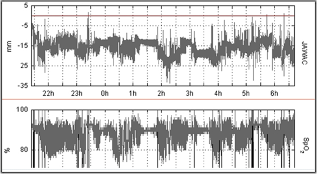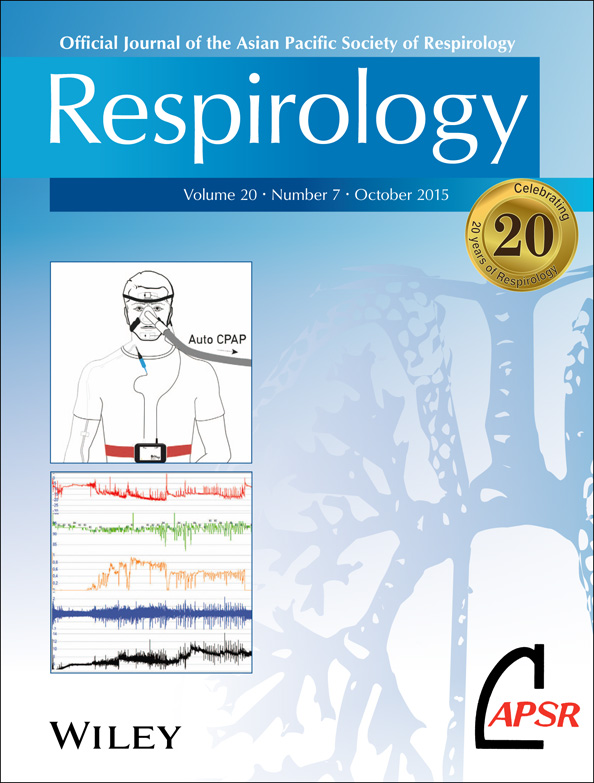The Editor recommends this issue's articles to the reader†
Abstract
See page 1089: Non-anaemic iron deficiency impairs response to pulmonary rehabilitation in COPD
See page 1123: Nasal obstruction and male gender contribute to the persistence of mouth opening during sleep in CPAP-treated obstructive sleep apnoea
The adverse effect of occult iron deficiency on rehabilitation outcomes in COPD patients
Iron availability plays an important role in skeletal muscle bioenergetics by facilitating oxygen utilization in the mitochondrial respiratory chain. Occult iron deficiency is common in COPD and can be the result of either a depletion of iron body stores or impaired iron availability due to systemic low-grade inflammation. In this study, iron deficiency without anemia (a reduction in blood hemoglobin concentration) was expected to be related to decreased maximum exercise performance and reduced effect of exercise training in COPD patients. The authors prospectively studied 70 non-anaemic COPD candidates who took part in a standard training program. Occult iron deficiency was prevalent in almost half of the study participants and was not related to COPD severity. The study showed that COPD patients with occult iron deficiency had a lower maximum exercise capacity and decreased capacity to sustain exercise. The study also reported lower training-induced responses in terms of changes in exercise capacity, perhaps explicable by impaired skeletal muscle bioenergetics. The research highlights the need to look for occult iron deficiency in COPD candidates involved in rehabilitation programs. The authors suggest that correcting iron deficiency in patients with COPD could be a way to optimize the physiological effects of rehabilitation programs.
What triggers frequent mouth opening during sleep in people with OSA?

Caption: The signal of the mandibular position is interpreted as following: the more negative the value of the signal becomes, the lower the mandible position and the greater the mouth opening is. In the presence of an upper airway obstruction, the changes in mandibular position are driven by the respiratory cycle.
Mouth opening is sometimes observed during obstructive sleep apnea (OSA). It is particularly problematic when patients are being treated with continuous positive airway pressure (CPAP) because the mouth opening causes a leak and results in decreased effectiveness of the treatment. This study measured mouth opening during sleep in OSA by measuring the movement of the mandible (chin) using a midsagittal mandibular movement magnetic sensor, which measured the distance in mm between two parallel, coupled, resonant circuits placed on the forehead and on the chin. Patients were studied while CPAP was delivered via a nasal or an oro-nasal mask. They authors of the study reported that mouth opening happens more frequently in men and was related to an increased nasal resistance, as assessed by the NOSE questionnaire. The study helps to better understand the mechanisms leading to mouth opening and air leakage, which presents a potential reason for decreased effectiveness of CPAP in some patients with OSA.





